
December 31, 2024
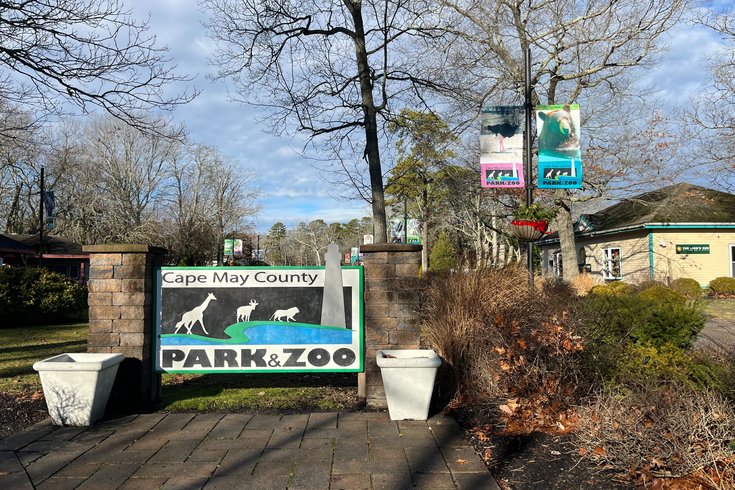 Franki Rudnesky/for PhillyVoice
Franki Rudnesky/for PhillyVoice
The Cape May County Zoo is fundraising for a project that would construct habitats for Humboldt penguins and Chilean flamingos where its former aviary once stood.
Cape May County Zoo is planning to welcome two new colonies of feathered friends, and fundraising is underway for the expensive project that may also reimagine the entrance to the zoo.
Humboldt penguins and Chilean flamingos will be added, with their habitats likely taking over the vacant land that formerly held the World of Birds aviary building. Zoo officials will meet with architects to finalize plans in early January, and construction may start by late 2025, according to Director Edward Runyon. The project is estimated to cost at least $4 million, so the Cape May County Zoological Society nonprofit is raising funds for the zoo, which is owned by the county and is free to enter.
MORE: Axolotls are everywhere, including now at the Philadelphia Zoo
The project came about following the closure of the aviary building in May. It had been open since 1998, housing as many as 30 species at one time, but needed pricy repairs. The birds were moved to different areas or re-homed to other zoos, and the building was demolished, leaving behind a large empty patch of grass not far from the main entrance. Zoo officials needed to find another "suitable exhibit," Runyon said, so they decided to bring back flamingos, which previously lived in the aviary, along with another fan-favorite bird.
"Everybody loves penguins," Runyon said. "That was an easy choice for us."
The Cape May County Zoo's aviary building, seen above, closed last year and was demolished. Zoo officials hope to bring new exhibits to fill the empty space.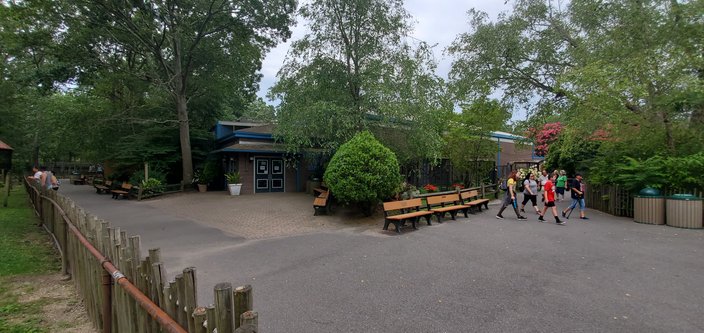
Chilean flamingos have long bodies — stretching up to 57 inches — and pale pink plumage. In the wild, they rely on "increasingly fragile wetland ecosystems," according to the Zoological Society. Humboldt penguins have a distinctive black band on their stomachs and are considered "vulnerable" by the International Union for Conservation of Nature due to loss of food supply and overfishing. Both species are native to South America, and Runyon said he hopes their shared background will be reflected in the designs of their separate habitats.
"The idea that we gave to the architects was to design the penguin and flamingo exhibits to mimic their natural environments, but at the same time, make it possibly look like they're connected, because they are from the same area," Runyon said.
The new habitats will have space for 20 penguins and 30 flamingos. The birds will be sourced from other accredited zoos, through the Species Survival Plan program. The exact sizes of the habitats have not yet been determined, but flamingos and penguins don't need too much room since they are colony species that stick close together, Runyon said.
The flamingo habitat will have a pool with rock work that simulates the coast of Chile, along with a fence for easy viewing. This will be the first time the zoo has Humboldt penguins, Runyon said, adding that Cape May County officials took some inspiration from the Maryland Zoo in Baltimore.
The Cape May County Zoo is planning a new exhibit for Humboldt penguins, like the ones pictured above at the Milwaukee County Zoo.
"There's going to be an area where you would basically walk up a small hill and then you're going to come up to a rail and be able to look down on top of the penguins," Runyon said of the proposed exhibit. "There's going to be a small pool in front of you with a rock area where they'll be able to sit and hang out and jump into the pool that way. And then as you go down to the side of it, you'll be at eye level with glass that goes around, and you can look through the glass underwater to where they swim. So it's going to seem like two different parts to the exhibit, where you're able to see them from above and then also see them from below."
Such an exhibit comes at a huge price tag, though, with Runyon estimating that the penguin area would cost about $3 million and the flamingo habitat totaling about $1 million. The necessary viewing glass alone runs about $10,000 per square foot, Runyon said. Being a small zoo that's free to the public limits the budget, but that's where the Zoological Society — the community partner that raises money to continuously improve the zoo for visitors, staff and animals — comes in.
Along with construction of the habitats, donations to the Zoological Society will also support educational programming, specialized penguin zookeepers and enhanced veterinary facilities to provide care for the new birds.
The habitats themselves are just one aspect of a 10-year master plan with at least 30 projects, including new parking lots and bathrooms that are on their way, Runyon said.
Similar to the former aviary's falling into disuse, many of the smaller exhibits surrounding it are also showing wear and tear. For example, Runyon said that as part of the plans, the parrots that are housed adjacent to the vacant aviary lot could be moved and their exhibits torn down or repurposed. He also said the neighboring small mammal section, built in the '80s, is in need of updates — with the otters potentially being moved elsewhere and their aging pool being reimagined into a new prairie dog or meerkat space. There's also an old cafe nearby that's being dismantled, adding extra space to be incorporated into the project.
The decades-old small mammals section at the Cape May County Zoo may be reimagined as part of upcoming renovation plans.
Runyon said officials are also hoping the "dated" entrance to the zoo can be remodeled or moved to somewhere more accessible to the parking lots. He said he hopes the new bird exhibits will be the centerpiece to welcome guests.
"The penguins might be the highlight of the first thing you see (when entering the zoo)," Runyon said.
Officials hope to begin construction by this time next year. The zoo gets about 700,000 visitors per year and the bulk of that is in the summer, making it difficult to close areas during that time.
There's currently a large empty space where the Cape May County Zoo's aviary building formerly stood, but the zoo hopes to fill it with new penguin and flamingo habitats.
The Cape May County Park and Zoo, located at 707 US-9 North, Cape May Court House, opens daily at 10 a.m. Donations to the Zoological Society can be made online or at designated spots throughout the zoo.
Follow Franki & PhillyVoice on Twitter: @wordsbyfranki
| @thePhillyVoice
Like us on Facebook: PhillyVoice
Have a news tip? Let us know.
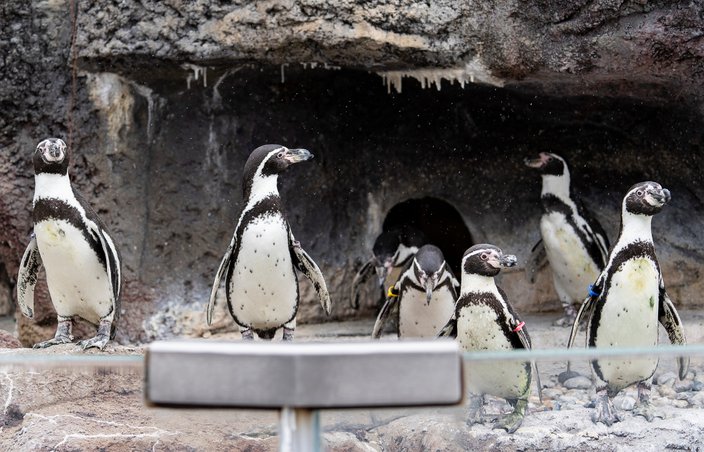 Jovanny Hernandez/Milwaukee Journal Sentinel; USA TODAY NETWORK
Jovanny Hernandez/Milwaukee Journal Sentinel; USA TODAY NETWORK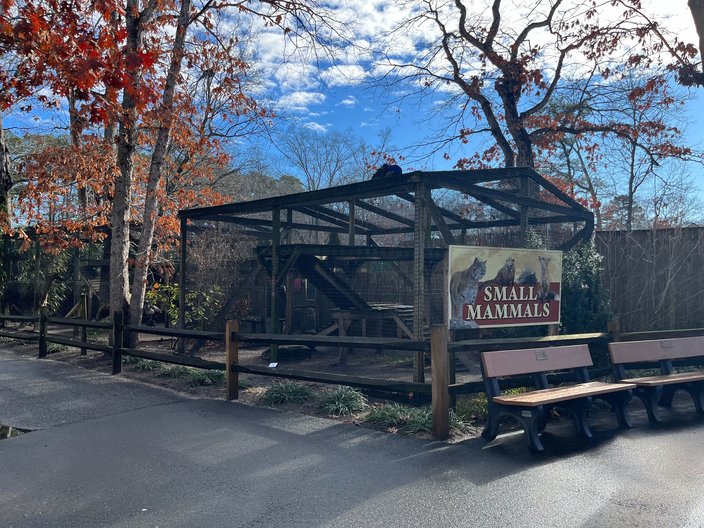 Franki Rudnesky/for PhillyVoice
Franki Rudnesky/for PhillyVoice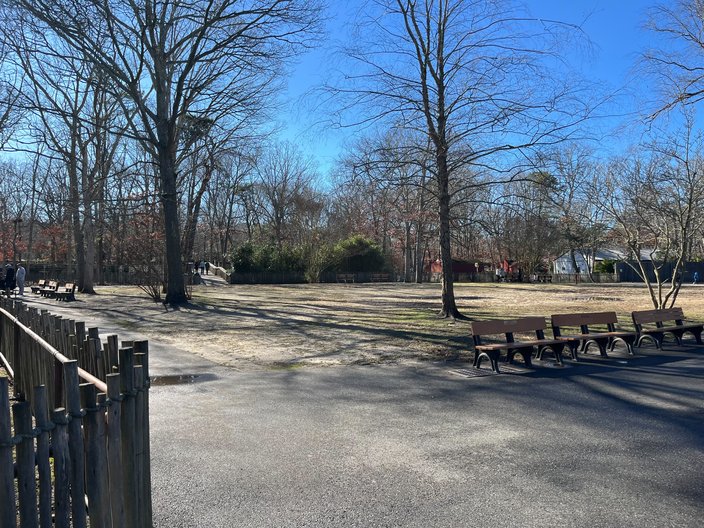 Franki Rudnesky/for PhillyVoice
Franki Rudnesky/for PhillyVoice